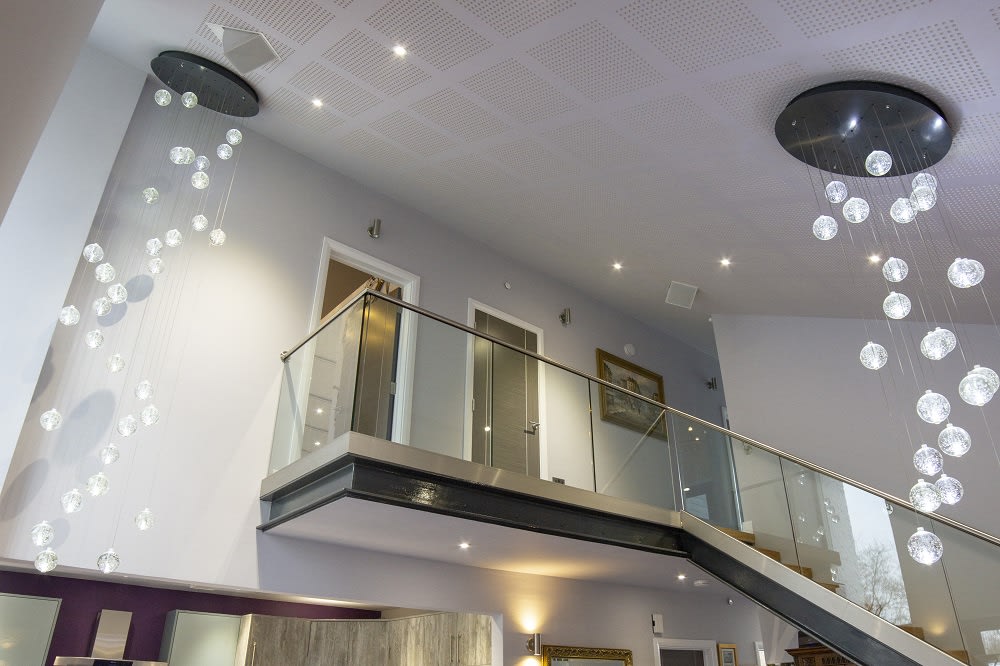Pioneering proportions…
As the original designer of the Mini, Sir Alec Issigonis transformed the concept of motor vehicle travel. Its revolutionary front-wheel drive and transverse engine created enough space for a small family in a car that was barely ten-feet-long and four-feet-wide. Its dimensions made it economical and fun to drive. Yet, launched in the summer of 1959, the Mini wasn’t an instant success and sales were slow at first. Its popularity soon caught on, particularly so when John Cooper’s mechanical fettling turned the car into a pocket rocket for the likes of rally ace Paddy Hopkirk to exploit. As with the Aston and Bond, the Mini’s sporting credentials soon became the stuff of legend starring alongside Michael Cain in the film The Italian Job.
The DNA of Mini then is a car of compact size, which is user-friendly, fun to drive and has the capacity to excite. Countless reiterations followed its 1959 introduction; the very last original car rolling off the Longbridge production line on October 4 2000 – a time when the BMW-owned Rover group were suffering huge losses. Whilst selling off Rover, BMW decided to keep the Mini name, again with successive new models over the years.
To new…
We drove two of the very latest versions of the marque to sample how new Mini compares to old. In short, they don’t. At all. The 60 Years Special Edition shown here has an on the road tag price of £30,025 – well past the entry level people’s car the original Mini was. What’s more it is now gargantuan – wider and longer – and bar obvious design signature is somewhat removed from the original concept. That probably won’t matter to those who regard loyalty to a concept as secondary to their motorcar needs.
If you fall into the latter category, you’ll love this 60th Anniversary Mini Special. It was one of several that BMW bought along to the Millbrook Test centre to an annual new car sampling by the Society of Motor Manufacturers and Traders. Suffice to say that your all-in 30k includes a host of extras from the options list, and in British Racing Green it certainly stands out visually from regular Minis.
Powered by a 2.0 litre 4-cylinder turbo-charged engine, 192hp is achieved via an eight-speed automatic transmission, spanning 0-62 mph in 6.7 seconds and reaching a 145mph top speed. Stepping as I did from a colleague’s 2004 BMW Mini Cooper S into the driving seat of this car, the experience couldn’t have been more different. The new car felt at least the next size up, more small luxury saloon than traditional Mini Hatch. Steeped in innovative dashboard technology, it soon became clear that this was all about the new Mini Experience, the nostalgia of old Mini being pretty much put to rest.
Fair enough, because the trade-off is state-of-the-art refinement, and great all-round usability. It’s still fun to drive, but this time that pure Mini feel is displaced by technological competence. That said, its limits were quite easily reached on the Millbrook road route handling, but when you break traction it easily gets itself back on track. It was a fun drive, even though I returned to the Mini compound with a rather puzzled look; I hadn’t prepared myself for a Mini this refined.
Adrenaline…
We were hungry for some ‘Mini adrenalin’ that just might rekindle recollections of why Paddy Hopkirk got so famous – so next up was the John Cooper Works. Same engine, similar money on the road (£31k for the one we drove), but this time 228 bhp and both six-speed manual transmission and eight-speed auto are available. 0-62 mph this time takes 6.3 seconds, meeting all the latest emissions regulations as it does so, just in case you cared to ask.
Back on the Hill Route of the Millbrook test circuit again and the JCW feels much more purposeful and rooted to the road. It quickly becomes the choice option as its stiffer set up gives much more driver confidence and feedback to enthusiastic driving. There’s a sharper rasp to the exhaust and whilst good steering feel is common to both, it is much more rewarding on this JCW. Now this feels much more ‘Mini’ to me, and whilst by no means as raw and excitingly boy racer as its predecessor of some 10 years ago, it is of course quite substantially the better performer. Gone is the feel of a sprung go-kart in favour of almost over ride refinement. I fear a ‘Works’ driver of 10 years ago will be a different individual to the ‘Works’ driver of today. I guess that’s New Mini for you.
New versus old Mini is all about what you, the driver, expects a Mini to be. Me, I’m old school and prefer the imperfections of the earlier cars. You may not even care, but if you do, new Mini is still a good choice – it just doesn’t have the magic DNA of the older cars.








